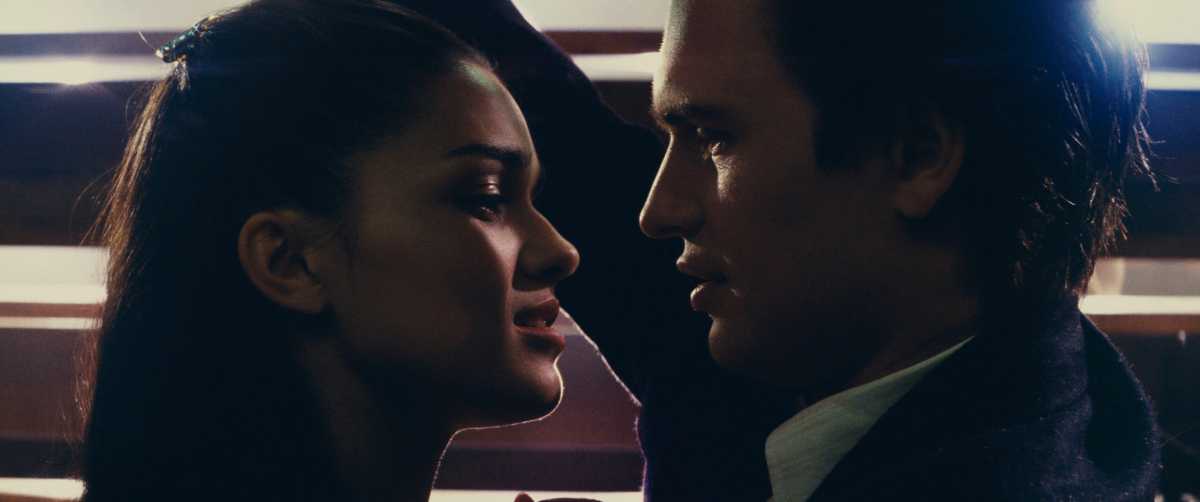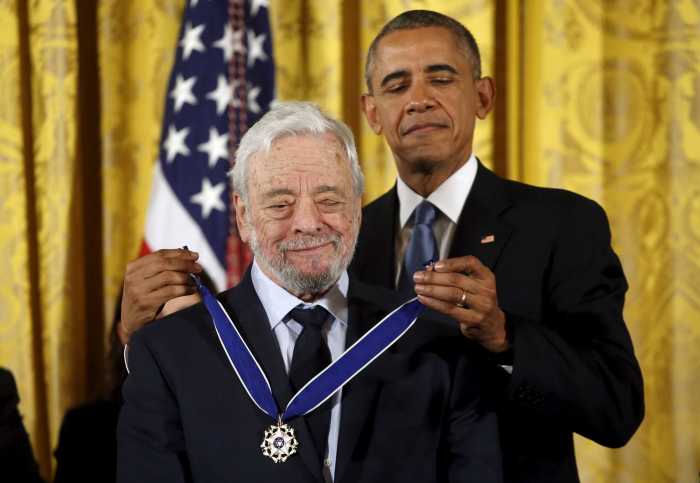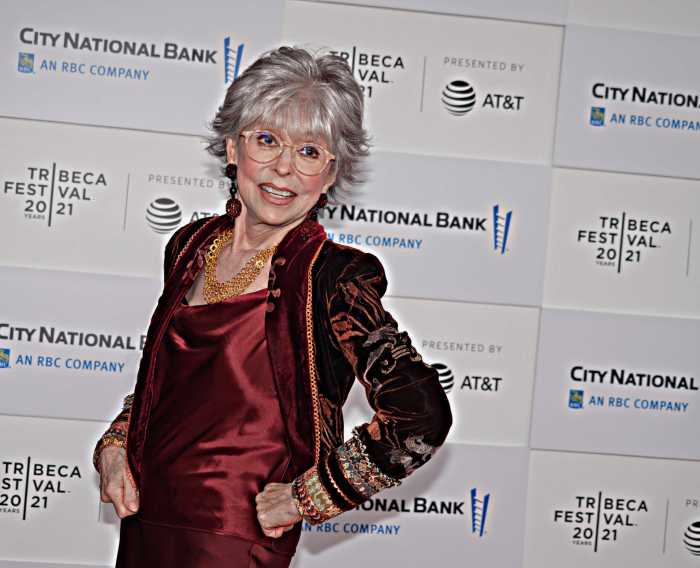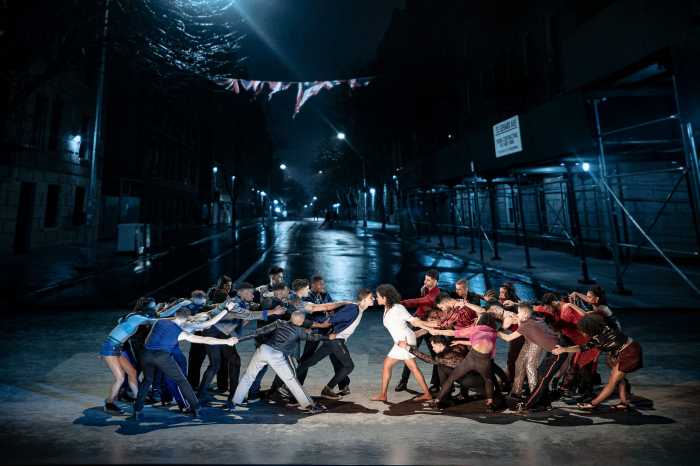First things first: it wouldn’t be possible to discuss Steven Spielberg’s lavish, exciting, and mostly successful new film adaptation of the classic 1957 Broadway musical “West Side Story” without first acknowledging the death last week of Stephen Sondheim.
Before he became the most innovative composer-lyricist in musical theater history, Sondheim, at the age of just 27, wrote the lyrics for “West Side Story,” working alongside director-choreographer Jerome Robbins, composer Leonard Bernstein, and book-writer Arthur Laurents.
“West Side Story” is considered one of the most groundbreaking musicals of all time, especially in its bold depiction of romance in the face of violence and hate, symphonic and jazz-inflected score, and dynamic dance sequences. (Later in life, Sondheim would look back on his youthful lyrics with mixed feelings, even expressing embarrassment over “I Feel Pretty.”)
That being said, “West Side Story” does have significant historical baggage, including its lopsided focus on the Caucasian-American Jets over the Puerto Rican-immigrant Sharks and a history of casting non-Hispanic actors as Puerto Ricans, including Natalie Wood as Maria and George Chakaris as Bernardo in the 1961 Oscar-winning film version. (When I was 15 years old, I played Chino, one of the Sharks, in a theater camp production. Back then, they cast the boys who could dance as Jets (since they appear in “The Jet Song,” “Cool,” and “Gee, Officer Krupke”) and the boys who couldn’t dance as Sharks.
Spielberg addresses these concerns by casting young and very talented Latino actors, including Rachel Zegler (who gives a breakout, absolutely radiant performance as Maria), Ariana DeBose (vulnerable and not too steely as Anita), David Alvarez (dashing as Bernardo), and Rita Moreno (who won an Oscar for her performance as Anita in the original film and now returns in the newly created role of drug store owner Valentina). Leading the Jets are Ansel Elgort (curiously dazed as Tony) and Mike Faist (a restless Riff).
In his new screenplay, playwright Tony Kushner (“Angels in America”) tries to add more character detail and backstory. For instance, Bernardo is a boxer and Tony has served time in prison for assault. Anybodys, the tomboy who wants to be a Jet, is now suggested as being transgender. And the police (including good old Officer Krupke, played by Brian d’Arcy James) are painted sympathetically rather than coarsely as struggling civil servants.
Kushner’s work (which also includes conversations in Spanish, reimagining the context for several well-known songs and emphasizing mid-century urban renewal in New York City and how festering hate and access to weapons can turn youths into rapists and murderers) is interesting but unwieldy and heavy on exposition. It makes one appreciate Arthur Laurents’ lean and well-integrated original book, which was closely followed in the 1961 film.
At its best, namely during the dazzling production numbers (including the prologue street ballet, “Dance at the Gym,” and “America”), the movie makes for an exuberant love letter to moviemaking and musical theater craft, with gorgeous cinematography and visual design and dynamic, full-bodied new dance choreography by Justin Peck.
When the film is made available for streaming, I will likely end up fast-forwarding through all the dialogue. However, this is a film that deserves to be experienced in a movie theater, both for the visuals and the sound of the orchestrations. Perhaps “West Side Story” will turn out to be the film that finally revives the movie theater box office following the pandemic.




































